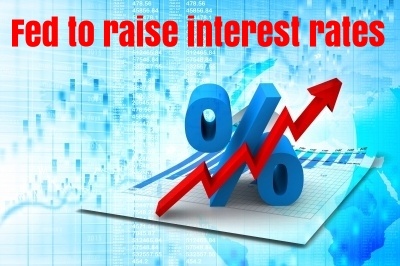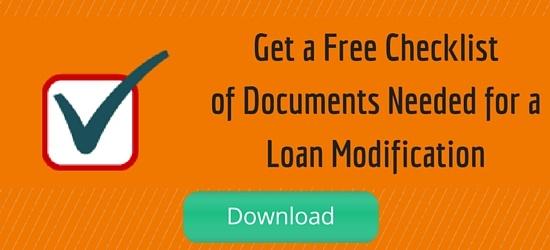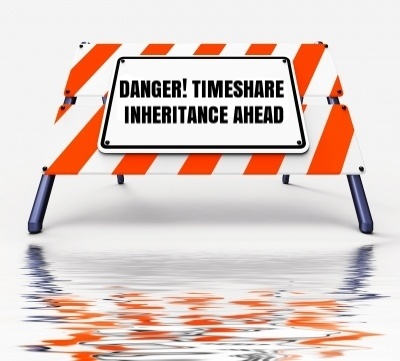 You've probably heard that the Federal Reserve Bank announced plans to raise interest rates in December 2015 for the first time in nearly a decade. But that doesn't mean mortgage interest rates will be high anytime in the near future. Not by any stretch of the imagination.
You've probably heard that the Federal Reserve Bank announced plans to raise interest rates in December 2015 for the first time in nearly a decade. But that doesn't mean mortgage interest rates will be high anytime in the near future. Not by any stretch of the imagination.
The two words that have most commonly, and most appropriately, been used to describe mortgage rates in recent years are historically low. How low is historically low? They're currently at about 4%. The lowest they've ever been is about 3%, and they couldn't realistically go much lower. So, yes, very low.
The Federal Reserve Bank has kept its rates so low for so long to help get the country out of recession. Making borrowing cheap for businesses and individuals is supposed to encourage economic growth and keep unemployment down, which is part of the Fed's mission.
Now that the economy has strengthened and stabilized from where it was during the recession, and unemployment has dropped, the Fed is starting the process of normalizing interest rates. It plans to raise its short-term interest rate by a quarter of a percent initially and to continue to push them toward more normal rates.
How Does An Increase Affect Mortgages?
An increase in the Federal Reserve Bank's interest rate doesn't mean that mortgage rates will immediately go higher. Mortgage rates are impacted by yields on mortgage-backed securities and 10-year Treasury bonds more than small increases in the Federal Reserve Bank's rate. So the rate you'll pay for a mortgage is affected by the Fed rate, but it's not a straight line between the two.
Reality vs Perception
Despite historically low mortgage interest rates, some surveys show that a majority of young people think they are average to high. (High compared to what, free money? Or a lender paying you for taking out a loan?) The perception many have about what rates are like is factually incorrect, but they've been so low for so long that younger people especially don't know any different.
It's not possible to judge something without knowing its context. High or low is relative. For perspective on what a high rate is, in 1981 the average mortgage rate was 16.63%. That's more than 400% higher than what we had in 2015. The likely modest rise in mortgage rates isn't going to push them into the stratosphere.
What Does It Mean?
What it means is that if you financed your house at a time when rates were higher, you're paying too much. If you're up to date on your loan, have good credit, and equity your home, you can refinance and replace your loan with a new one with a lower rate.
If you don't have equity in your home, you may be able to refinance with the Home Affordable Refinance Program (HARP). There are eligibility requirements to qualify for HARP, but it's worth looking into.
 There's also the Home Affordable Modification Program (HAMP), which is part of the government's Making Home Affordable program. Modifications through HAMP are for underwater homeowners who are behind on their payments and involves permanently changing one or more of the terms of your loan. Loan modification can involve a reduction in principal, but more often a reduced interest rate and stretching the loan out over a longer period of time to bring the monthly payment to an affordable portion of the borrower's income. Homeowners need to show that they've experienced a valid financial hardship to be eligible for HAMP.
There's also the Home Affordable Modification Program (HAMP), which is part of the government's Making Home Affordable program. Modifications through HAMP are for underwater homeowners who are behind on their payments and involves permanently changing one or more of the terms of your loan. Loan modification can involve a reduction in principal, but more often a reduced interest rate and stretching the loan out over a longer period of time to bring the monthly payment to an affordable portion of the borrower's income. Homeowners need to show that they've experienced a valid financial hardship to be eligible for HAMP.
Homeowners who apply for loan modifications often haven't paid their mortgage in years and have an interest rate of 7%, 8%, even 12% and higher, and need a modification to keep their home. Unfortunately, the application isn't all that simple to complete, the banks aren't always as helpful as they could be, and many who apply without the help of a professional are denied. But, if and when they are approved, they can get a long-term rate that's closer to 4 % or 5% and avoid foreclosure.
No matter if you've always paid your mortgage on time and have tons of equity, or are in default and deep underwater, it makes sense to try to lock in the low interest rates that are available today. For some, it's a matter of saving money. For others, it's a matter of saving their home.
But millions of borrowers who could benefit from refinancing or modifying their loan aren't. As interest rates go up, fewer homeowners will be able to save money by doing so. Billions of dollars are effectively being given to banks because of stubbornness, ignorance, or fear.
It's a mistake to hear that the Federal Reserve Bank is raising rates and think mortgage interest rates will become unaffordable because of it. What matters to you is whether you can save money or not, keep your home or be foreclosed on. And the good news is that, even as rates go up in 2016, they will still remain low and still offer an opportunity for homeowners to save money or keep their home.
Image courtesy of hywards at FreeDigitalPhotos.net










